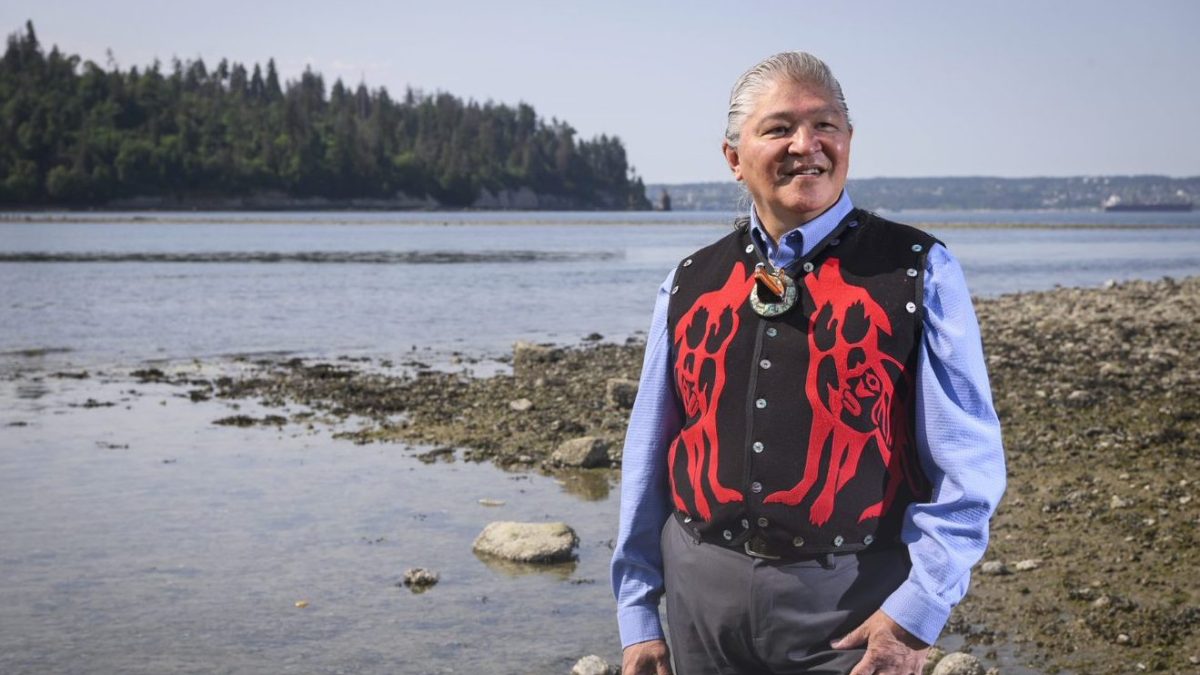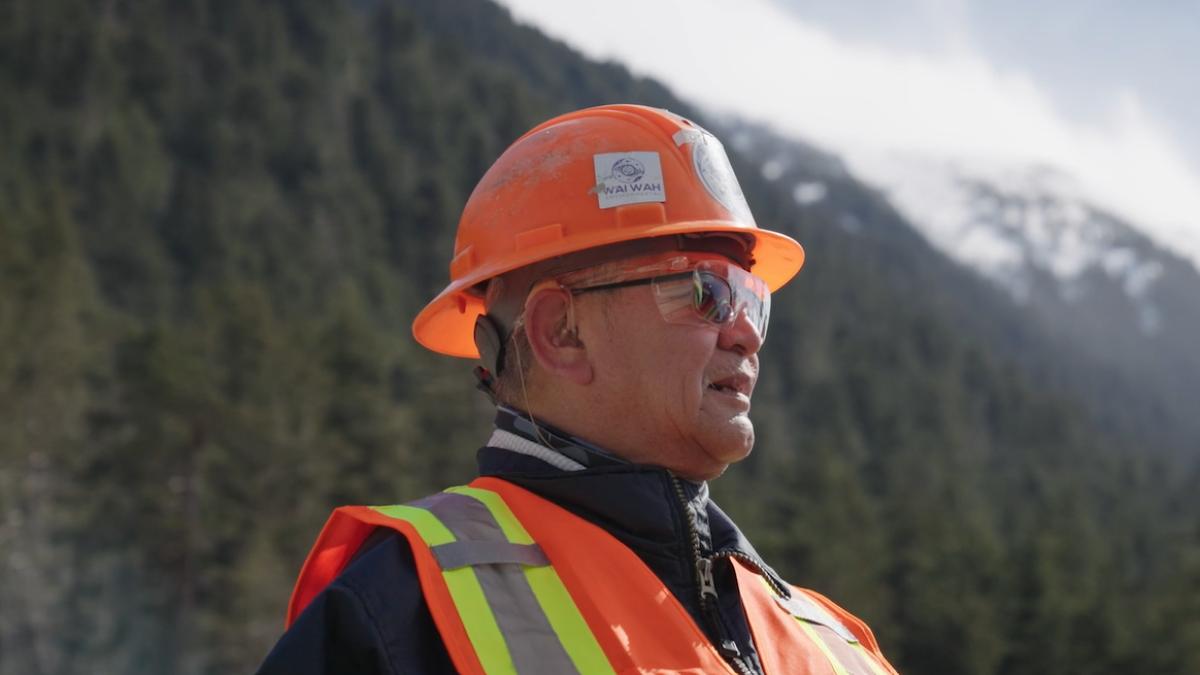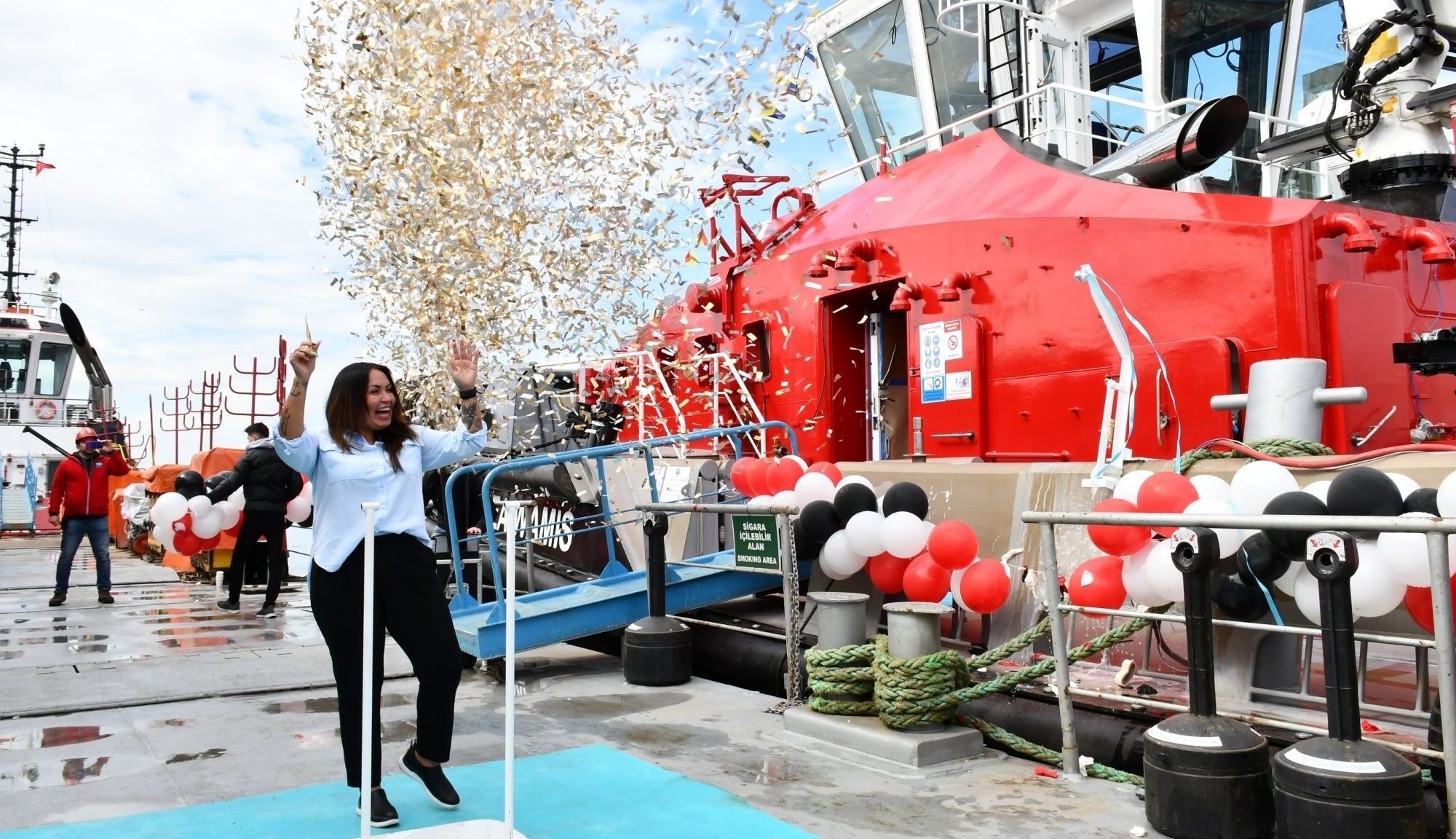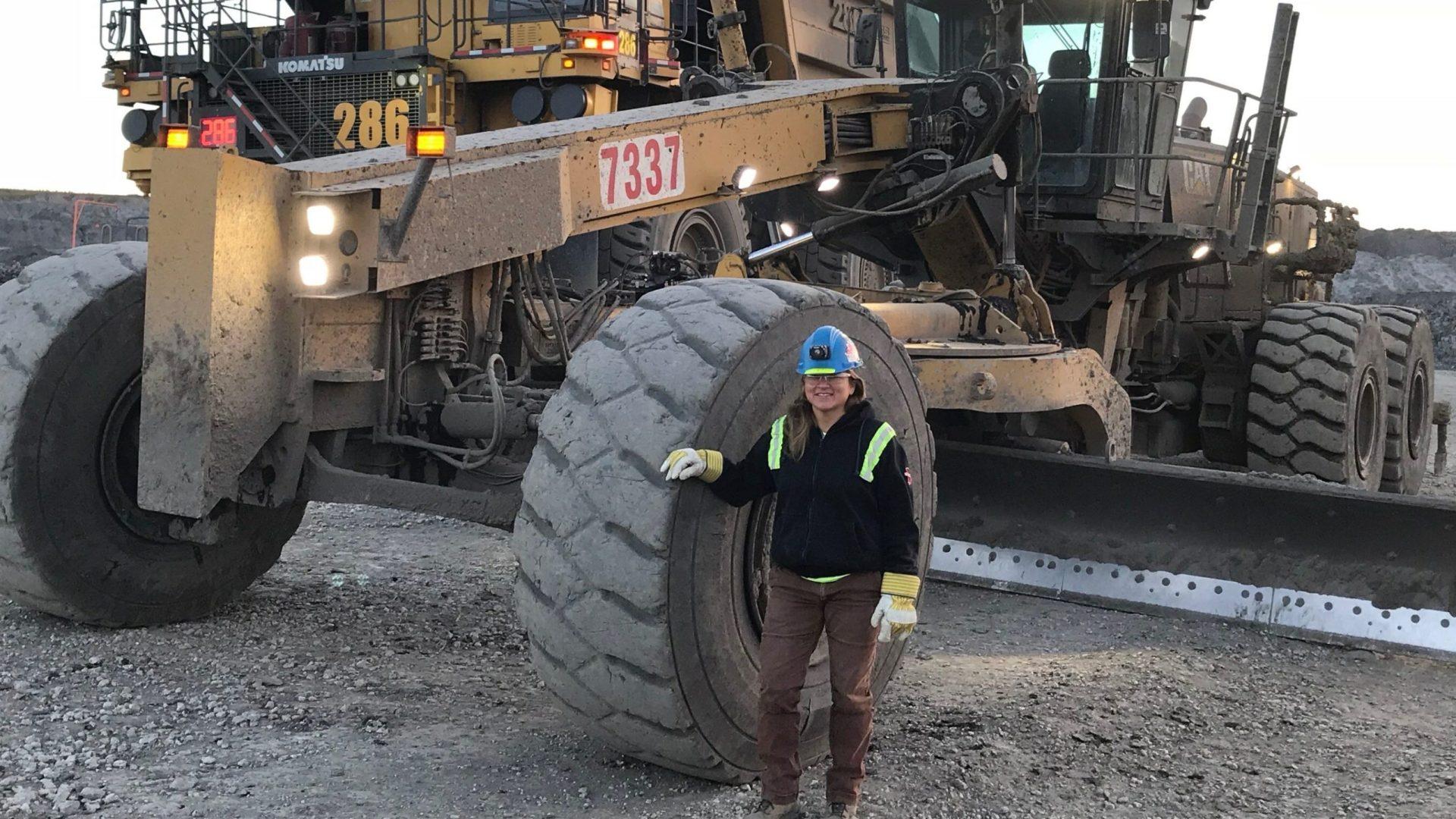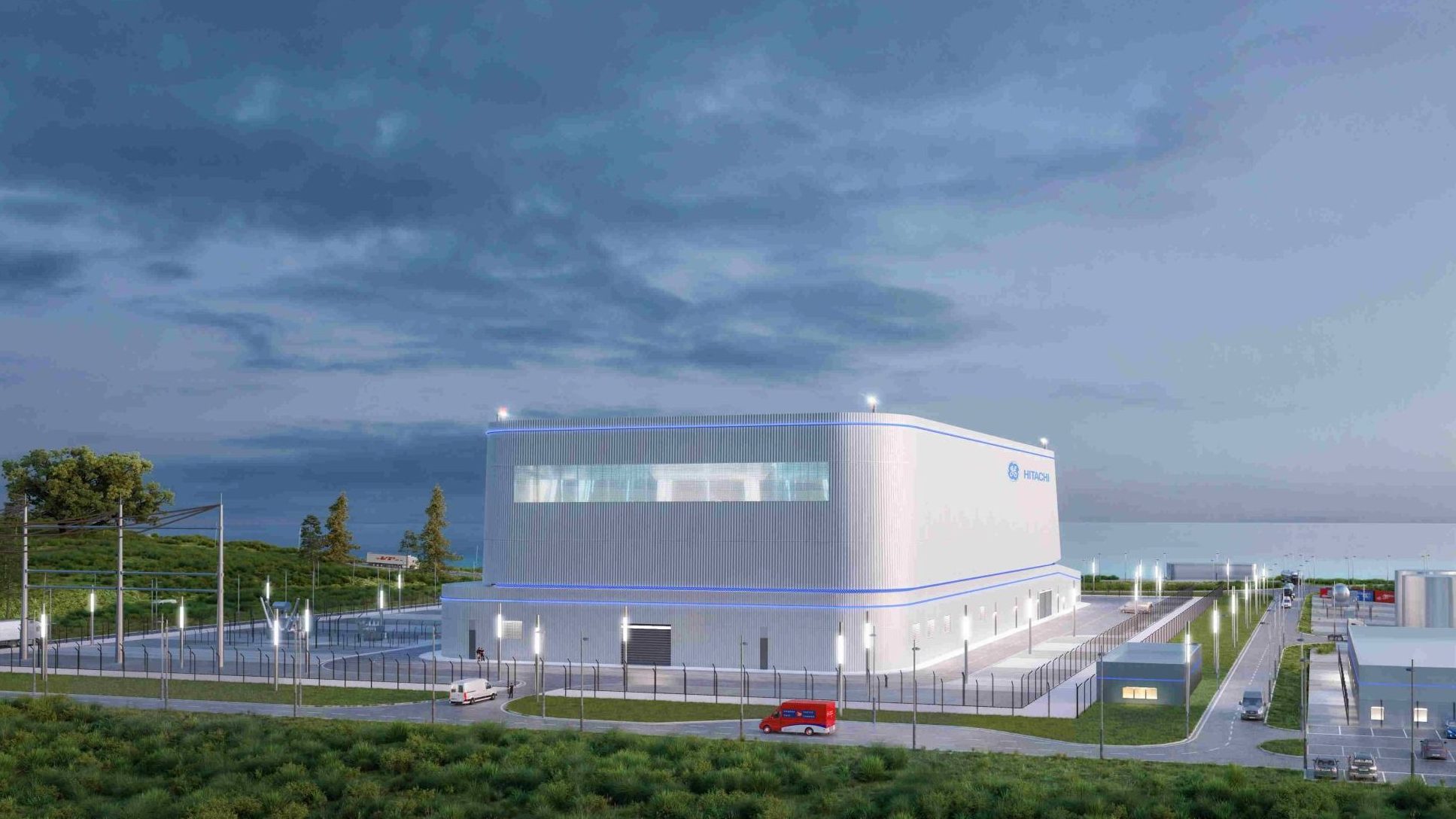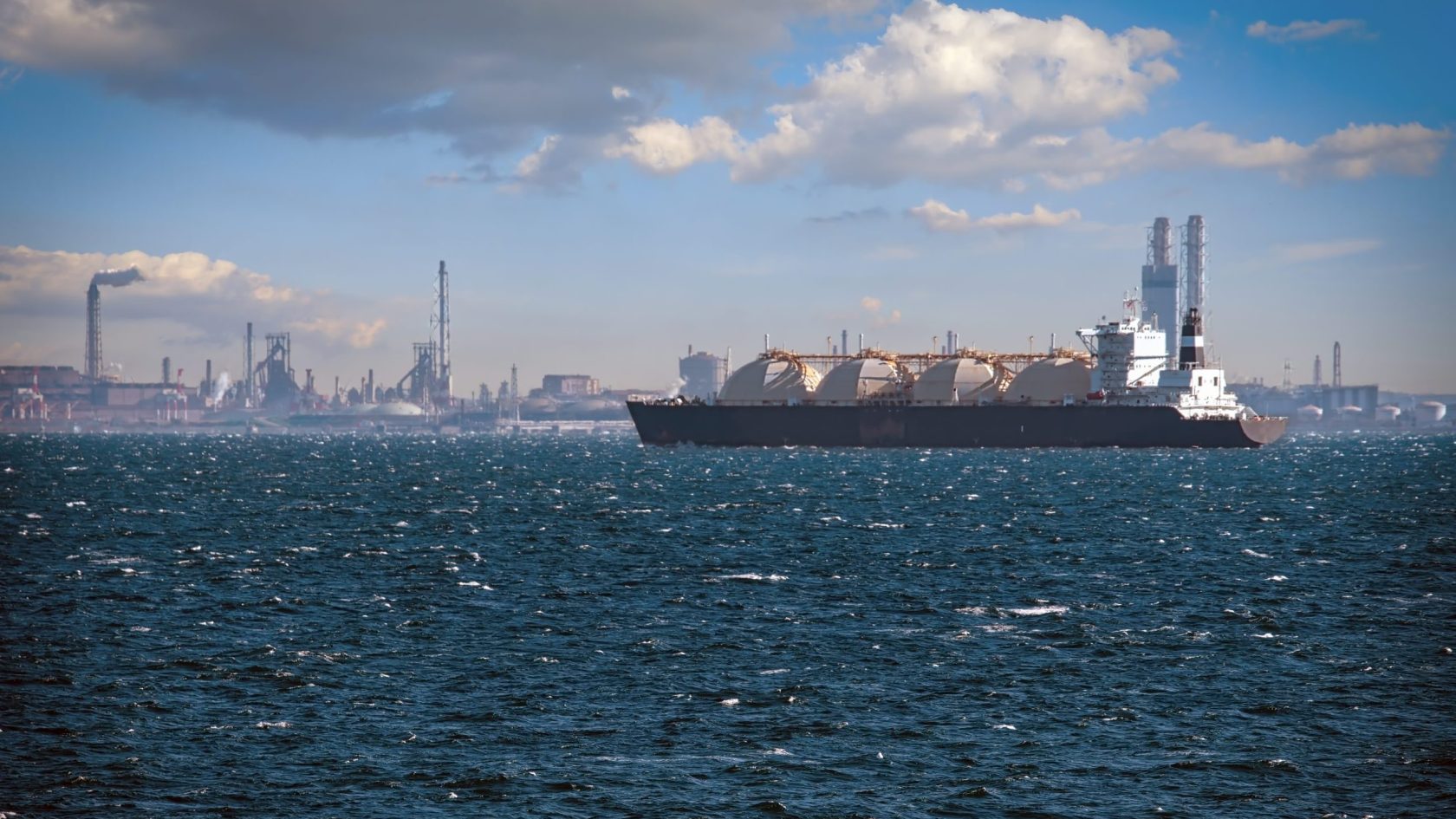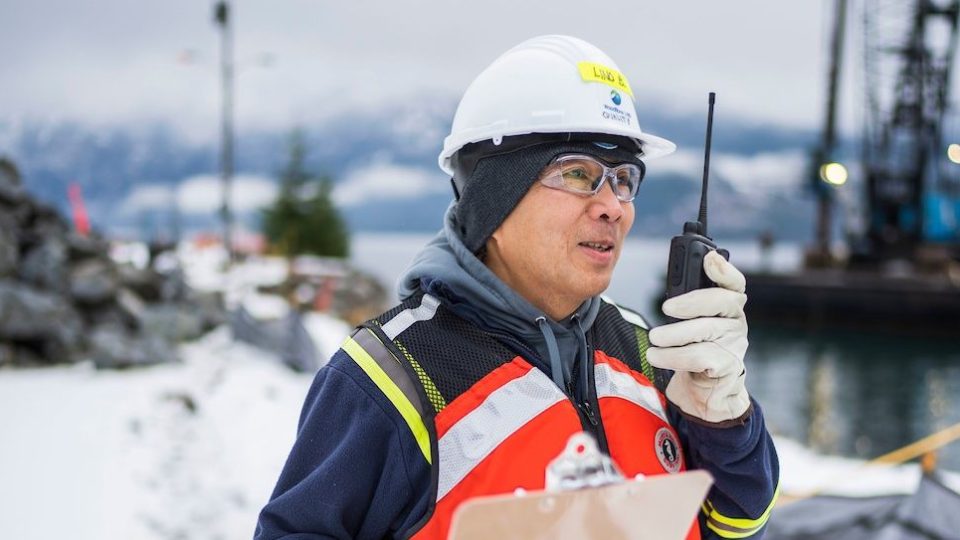There’s a good reason Chief Clifford White, a First Nations LNG Alliance board member and hereditary leader of the Gitxaala Nation near Prince Rupert, B.C., walks a fine line when it comes to resource development on or near his territory.
There’s a lot happening near the remote island village of Lax Klan (Kitkatla) – the $14.5 billion Coastal GasLink pipeline terminus, the $18 billion first phase of LNG Canada, and the proposed $3 billion Cedar LNG facility, 50 per cent owned by the Haisla Nation – all at the Port of Kitimat 120 kilometres east. To the north, the Nisga’a Nation and its partners have proposed the $10 billion Ksi Lisims LNG terminal on Pearse Island.
Once operating, the projects will deliver LNG by ship to Asian markets. A 2022 study by Wood Mackenzie found that Canadian LNG exports could reduce net emissions in Asia by 188 million tonnes per year through 2050 by providing a cleaner alternative to coal.

